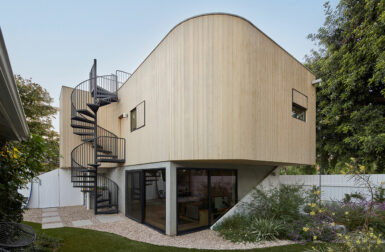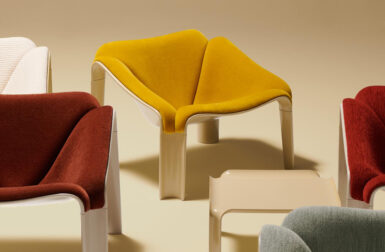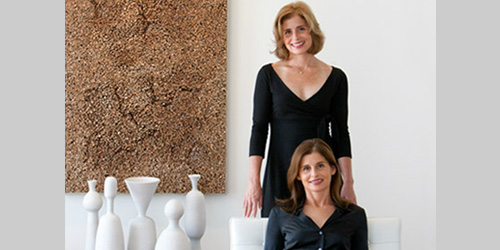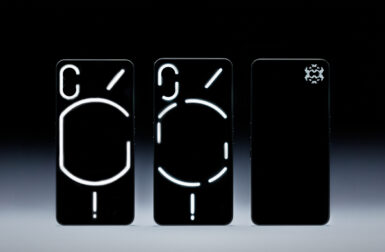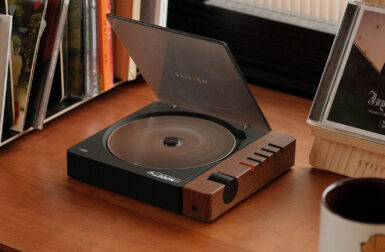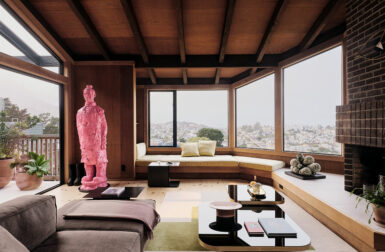
This week’s Friday Five is a bit of a double feature, or shall we say, “two for the price of one.” After working independently for nearly 12 years, identical twin sisters and award-winning architects Julie and Leslie Dowling have joined forces to launch a bi-coastal architecture practice that celebrates modern design. Focusing on custom residential design, Dowling Studios is based in San Francisco and Princeton, New Jersey. The firm creates spaces for contemporary families to live within a sustainable context, and recently completed the first LEED Platinum residence in Sonoma County, California.
Besides sharing some mirror DNA, Julie and Leslie Dowling also share a mirror career in many ways. They both received their MA from Princeton University. Later they worked together in the offices of architects Juan Navarro Baldeweg in Madrid and Michael Graves in Princeton. In their new architecture practice, Julie and Leslie Dowling share an appreciation of modern design. Defining their approach as “warm minimalism,” they look to the building site and surroundings for cues to build the color and material palette, working in harmony with nature.

1. My iPad, iPhone, Macbook Pro, and iMac (Julie Dowling)
As an architect who battled the operational and aesthetic shortcomings with personal PC products for the first 12 years of my career, I finally made the shift to Apple. These products are flawless in the way they work and the way they look. Every day I rely on one of my Apple technologies. They are a constant visual reminder that flawless minimal design is not only functional, it’s beautiful. With Apple, form and function are hand in hand.

2. My husband, Dr. Steven Platzman (Julie Dowling)
Steven is an art historian, private art dealer, and founder of Addison Fine Arts. He fills my life with beautiful art and provides a constant flow of interesting things to talk about. From our daily conversations to vacation choices, art and architecture are always part of our life together.

3. Museo Pablo Neruda, Isla Negra, Chile (Leslie Dowling)
Isla Negra is a postage stamp-sized artist hamlet on the coast of Chile, just over an hour’s drive from the capital, Santiago. Nobel laureate, Chilean poet Pablo Neruda, spent the latter part of his life there, and his former home now serves as the Museo Pablo Neruda, one of the most significant national treasures of Chile. Perched high on a cliff overlooking the Pacific, the Museo is where Neruda lived and wrote many of his most significant literary works, surrounded by his vast collections of objects from all over the world, including mastheads from old wooden sailing vessels. As a longtime devotee of Neruda’s work (his poem, “Oda al Amor,” was read at my wedding), I have always made it a priority to visit the Museo during trips to visit my husband’s family in Chile. In 2008, during our annual visit, we were walking on the beach in front of the museum and saw that the house directly to the left was for sale. We were given a tour of the house by its owner and learned that Neruda was a close friend of the family and would often visit the house to escape the constant stream of guests at his own home. Our gracious host then handed us the keys, wishing us her best as Museo Pablo Neruda’s new neighbors. From the master bedroom we can see where Pablo Neruda is buried on a knoll overlooking the sea, alongside his wife, Matilde.

3. Colección Piezas de Azucar by Pastry Chef Paco Torreblanca (Leslie Dowling)
As both an architect and pastry chef, I am fascinated and inspired by Paco Torreblanca’s stunning edible constructs — some breathtakingly minimal, others fantastically elaborate, all precise and very modern. This two-volume book demonstrates Architectural Pastry Art in its highest modern form.

5. Architect Juan Navarro Baldeweg (Julie and Leslie Dowling)
We had the great fortune of studying under Juan Navarro Baldeweg during graduate school at Princeton University, where he spent one semester as a visiting professor. Following graduation, we were invited to join his studio in Madrid, Spain which, at the time, employed eight designers from around the world, including those from Switzerland, Germany, Italy, and Spain. We made ten — the twin Americans from Princeton. Juan would spend part of his day upstairs in the design studio and the balance in his painting studio below, working on his colorful landscapes. It was a privilege to be part of the whole experience. Juan taught us about true modernism, the use of natural light as a design feature, and the importance of integrating a building with its surrounding landscape, all of which are architectural principles that to this day continue to deeply inform our design aesthetic.
